Dear N.K, Over the past few weeks and months,
| ||||||||||||||||||||||||||||||||||||||||||||||||||||||||||||||||||||||
7 toddlers were assaulted in school by a school employee.
Today at 7:28
|
PATANJALI AYURVED STRENGTHENS PARTNERSHIP WITH RUCHI SOYA
After the first agreement in Rajasthan, Baba Ramdev’s Patanjali Ayurved extends refining and packaging tie-up with additional plants in Madhya Pradesh and Gujarat
March 2, 2017: New Delhi: Ruchi Soya Industries Ltd., India’s leading Agri and Food FMCG company, and a leader in cooking oils and soy foods, today announced a major acceleration in the scale of its processing agreements with Yogrishi Baba Ramdev Ji promoted Patanjali Ayurved Ltd. The refining and packaging tie-up has now been extended to include processing and packaging of edible oils at Ruchi Soya’s plants at Madhya Pradesh and Gujarat, along with Rajasthan which was signed In February 2017.
The initial agreement had been signed for Rajasthan, however, looking at the strong demand for the 3 major varieties of edible oils – soybean, sunflower and mustard oils; both the organisations have inked further agreements for processing and packaging and thereby, allowing them to rapidly scale up and further cement their positions in the ₹1,25,000 Crore edible oil market.
Ruchi Soya would process and pack the crude oil provided by Patanjali Ayurved as per Patanjali‘s specifications for high quality physically refined oil.
Commenting on the expansion of the tie-up, Mr. Dinesh Shahra, Managing Director, Ruchi Soya Industries said, “We are glad to enhance our relationship with the addition of two of our major plants for processing and packaging edible oils for Patanjali. This expanded association is testament to the quality of edible oil processed and packaged at Ruchi Soya’s facilities. We have been cognisant of the need to utilize the idle capacity and our efforts to explore opportunities in this direction shall continue.”
Similar to the agreement for Rajasthan that was signed in February 2017; these further agreements are for an initial period of three years.
Commenting on the expansion of the tie-up, Mr. Satendra Aggarwal, Chief Operating Officer, Ruchi Soya Industries said, “Patanjali is eyeing sales of ₹20,000 crore in 3 to 4 years’ time from the cooking oils business. These agreements will have positive benefits for Ruchi Soya Industries as it will allow the company to lease out spare capacities as well as bring down the overall cost of processing for the respective units and improve profitability.”
About RUCHI SOYA INDUSTRIES LIMITED
Ruchi Soya is India’s leading Agri and Food FMCG company with a turnover of USD 4 billion. It enjoys the Number 1 position in cooking oils and soy foods categories of the country. Its leading brands include Nutrela, Mahakosh, Sunrich, Ruchi Star and Ruchi Gold. An integrated player from farm to fork; Ruchi Soya is also among the pioneers of oil palm plantations in India. It is one of the highest exporters of value added soybean products like soy meal, textured soy protein and soy lecithin. Ruchi Soya has also diversified into renewable energy and is committed to environmental protection.
Media Contact
Rajdeep Barooah
CAIT OPPOSE CASH TRANSACTION CHARGES BY BANKS
The Confederation of All India Traders (CAIT) has strongly objected levy of abnormal charges by various Banks on each deposit or withdrawal of cash more than four times in a month from Saving Bank Accounts. Levy of such charges is a kind of financial terrorism on account holders. It can’t be the way to encourage digital payments and putting the people at the will and mercy of the Banks-said CAIT. It has urged the Government to intervene in the matter and save the public from the clutches of autocratic attitude of these Banks. This move of the Banks will greatly harm the general public more since Savings and Salary Accounts are used by common man to discharge various obligations.
CAIT National President Mr. B.C.Bhartia & Secretary General Mr. Praveen Khandelwal while commenting upon this move said that the concept of digital payment is a welcome step and CAIT is closely working in association with Mastercard in the Country since last more than two years for promotion of digital payments in the Country. If digital payment is to be leveraged, the Govt must absorb transaction charges by subsidising the same to Banks and effective incentive schemes must be announced to promote more & more digital payments in India. RWAs, Trade Associations and other such organisations should be taken in confidence for working in tandem with Government to promote digital payments.
Both Mr. Bhartia & Mr. Khandelwal said that if such kind of steps will be taken by the Banks, the people will like to open Accounts with Cooperative Banks rather. The Banks are earning huge revenue by lending deposits made by the people and always keep a distance between interest paid and interest charged on deposits. Money lying in current Accounts are also being utilised for lending without giving any interest. Therefore, the Banks should not take extreme steps to discourage people.
Conference on Land Rights ,Land acquisition & Inclusive development

Thursday and Friday, 2-3 March 2017, 9:30 a.m.
|
| Conference Room II, India International Centre |
 |
India faces serious challenges in creating development processes that generate economic growth while being socially inclusive, ecologically sustainable, politically feasible, and in accordance with the Rule of Law. Equitable and efficient acquisition of land by the state for economic development projects, including infrastructure and industry, lies at the heart of these challenges. Simultaneously, securing constitutionally guaranteed land rights to the poorest and most vulnerable communities in India, especially the Scheduled Tribes, against the state and other dominant communities, has been considered crucial to their economic and social empowerment. Land is not only an important economic resource and source of livelihoods, it is also central to community identity, history and culture. Unsurprisingly then, throughout India, dispute over state acquisition of land that deprives people of their land rights spans various dimensions of economic, social, and political life. How do we mitigate this conflict?
The conference will feature the launch of the CPR Land Rights Initiative report on “Land Acquisition in India: A Review of Supreme Court cases from 1950-2016”, that attempts some preliminary answers to this question. Despite its persistent and polarising nature, the debate on land acquisition has been marked by a lack of systematic and comprehensive data in support of particular positions. Existing studies on land acquisition have tended to focus on particular issues, like compensation, or on particular conflicts, or have been otherwise limited in terms of geography and time. The CPR Land Rights Initiative Report is the first comprehensive country wide study of land acquisition disputes before the Supreme Court since India’s independence. The Report analyses these disputes along various metrics, such as public purpose, procedure for acquisition, compensation, pendency of claims, and tracks trends with respect to distribution of disputes across geography and time, and central and state laws. The Report findings will be discussed and debated by stakeholder representatives, including the government, lawyers, international development agencies, and civil society groups, as well as expert researchers from the fields of economics, sociology and political science, and law. Our previous seminar showcasing the first phase of this research can be accessed here.
The conference will also feature findings from an ongoing CPR and CMI research collaboration on “Land Rights and Inclusive Development in the Scheduled Areas”, that will describe the political economy of land rights in areas governed by the Fifth and Sixth Schedules of the Constitution, with particular focus on the states of Gujarat, Andhra Pradesh, Telangana and Meghalaya. Representatives of community groups and civil society organisations will comment on these findings and highlight challenges, both individual and representative, faced by tribal populations in these four states.
|
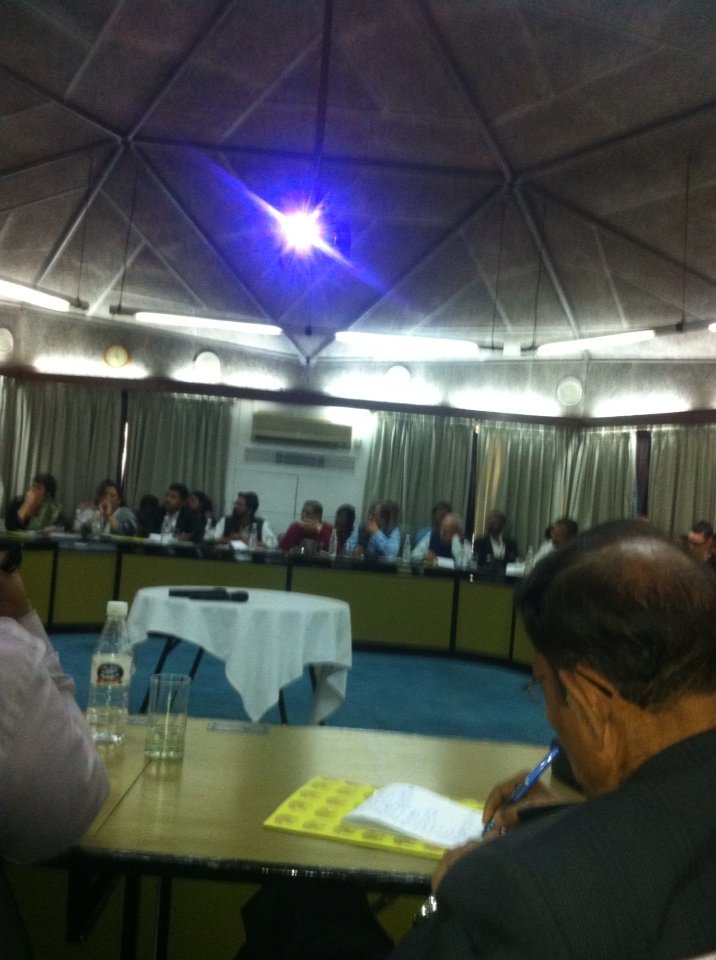
Announcing the Launch of First Ever Women Cricket League (WCL) in India
- To be on the lines of ‘Australia‘s Women Big Bash Cricket League’ &‘Women’s Cricket Super League London’
- WCL launch to coincide with International Women’s Day
New Delhi, 2nd March, 2017:
With a distinct objective to pave the way for Women Cricket & Women Cricketers to stride out of the shadows of male-dominated sports, India’s first ever Women Cricket League (WCL) has been formed on the lines of ‘Australia‘s Women Big Bash Cricket League’ &‘Women’s Cricket Super League London’
India’s first ever Women Cricket League (WCL) is an earnest endeavour to provide women cricket & women cricketers in India equal opportunities and acknowledgement at par with the men’s cricket/cricketers.
From kitchen to household chores, from rural to urban areas women have already established their presence in the male dominated areas. Still in today’s time when you think about cricket, the names instantly come to your mind are Virat Kohli, MS Dhoni, or Sachin Tendulkar, but sadly never of an Indian Women Cricketer. Even though Women Cricket team was formed now more than 3 decades ago.
Mr Parul Jain, Founder, Woman Cricket League said “It’s important that young girls coming through can see cricket as a viable option to play at the highest level. The WCL #T20 League, is expected to be of the same repute of the Indian Premier League and Women Big Bash League of Australia in support of Women. This will lead to greater interest in women’s cricket in India, which has generally been given much less importance than the men’s sport.”
With many sports getting their own professional leagues and ever-growing popularity in the country, it is time that the women cricket league has been formed. It is no surprise that the fierce team of eves does not get as much attention and opportunities neither from the Sports bodies or the Corporates or the Sponsors of India as the men’s team.
‘Dronacharya’ Cricket Awardee Sunita Sharma, says “It’s been more than 3 decades since the Indian Women Cricket team has been formed and have won various matches globally, still there is hardly any acknowledgement to women as per Men cricketers in India. While men’s cricket underwent huge changes in the 80s and 90s, we were just languishing. However, I am enamoured that a start has been made and we hope to gain a lot from it. Lot of talent will now come to the forefront. We would like to see WCL getting as much attention in future.”
The formation of Women Cricket League (WCL) in India will address many obstacles being faced to promote women cricket in India and also to celebrate womanhood that will be coinciding with International Women’s Day, 8th March,2017.
Ms Vandana Thakur, Founder, WCL said, “There is abundant talent in India and through WCL a lot of untapped cricketers will get opportunity and platform to showcase their talent. We shall be doing promotion at school and college level so that players can come from small towns and villages just like Former Indian Men’s captain MS Dhoni.”
The objective of Women Cricket League (WCL) is:
- To acknowledge and honour the contribution of the Indian women cricket
- To present an international-quality cricket competition for Women
- To provide exposure and platform to promote Women Cricket talent in India
- To take Indian Women Cricket beyond boundaries and get them long due International name and fame they deserved
- To celebrate the Unsung Women cricketers of India
- To promote and identify the hidden talent in women and take them to the highest pedestals alike other sports
- To make the sport professional for female cricketers
- To produce a large pool of talented Indian women players to play at the National and International levels
- To engage hundreds of millions of passionate women cricket fans and encourage and facilitate women to start taking sports as their career
- To create an inclusive work and sporting environment where women players, coaches, employees, volunteers and administrators feel valued and are able to contribute to their full potential.
- To set new standards in Women sports administration in India
“It is time India has leagues like Women Big Bash Cricket League, Australia or Women’s Cricket Super League, London. WCL should have started earlier, but it’s better late than never. I am more than optimistic that WCL will take Indian Women Cricket beyond boundaries and get them long due International name and fame they deserved. ” added Mr Parul Jain.
Launch of Annual report of INCB ,Special Focus on Women and Drug at UNODC, N Delhi
The launch of Annual Report of the International Narcotics Control Board, Thursday 2 March 2017 is attached.
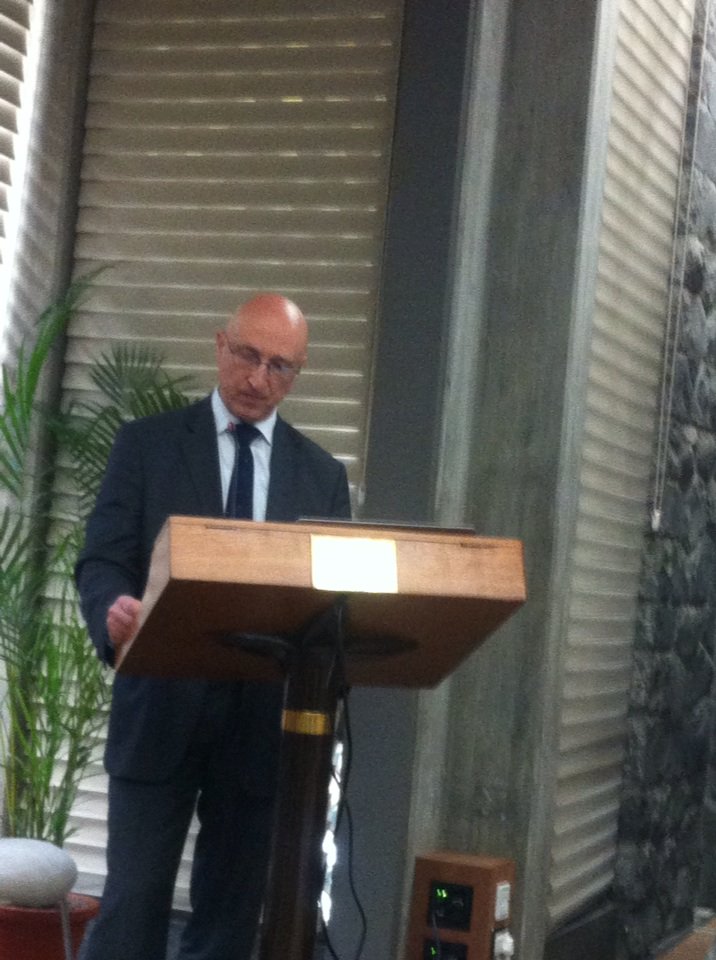
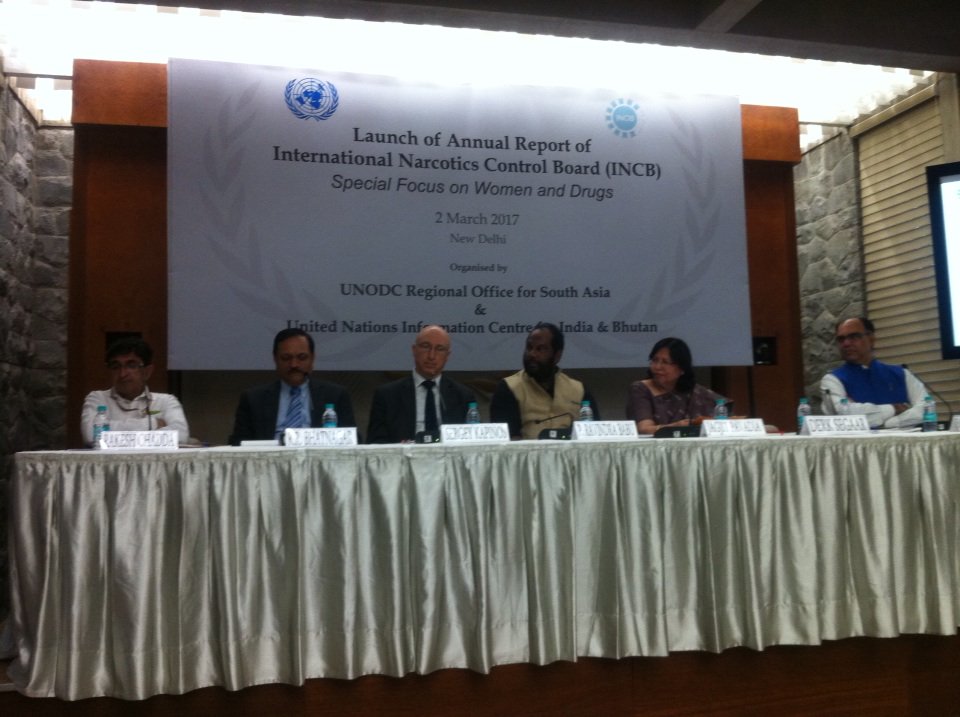
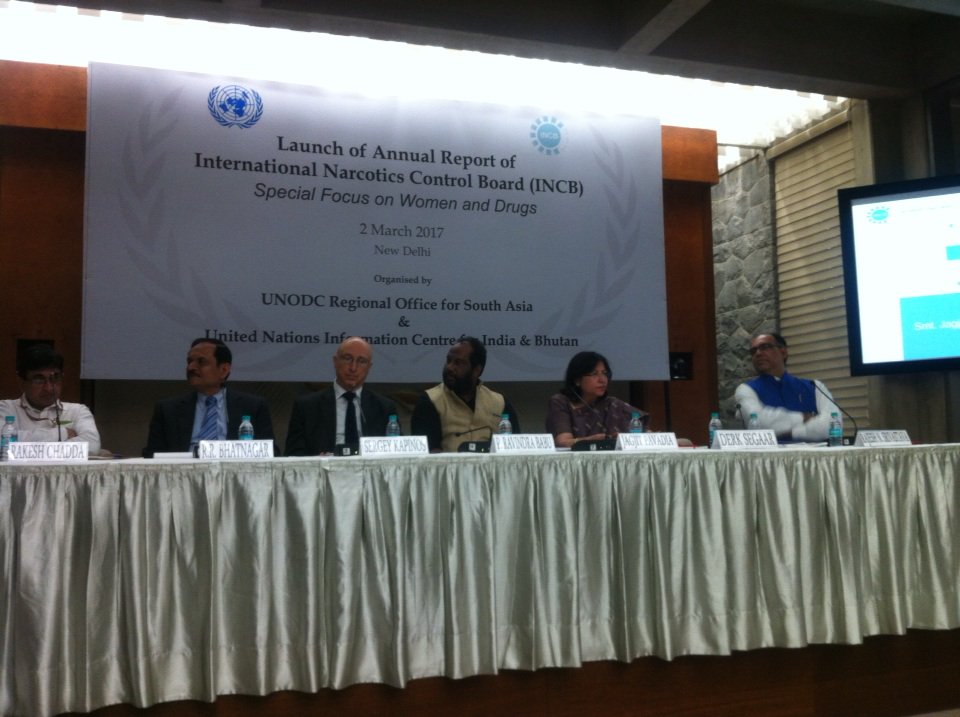
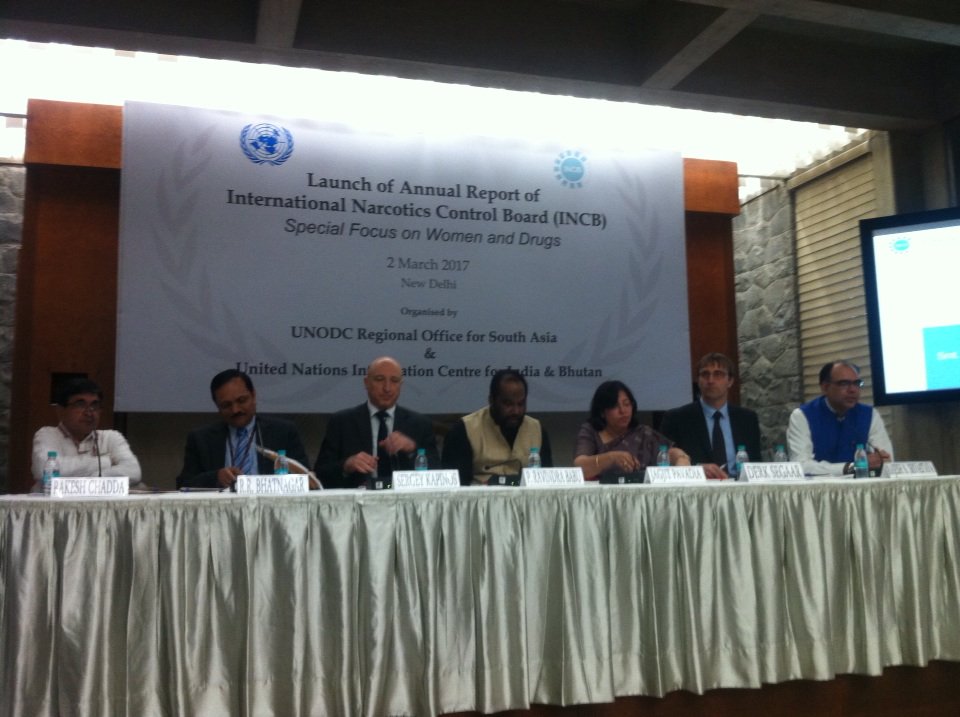
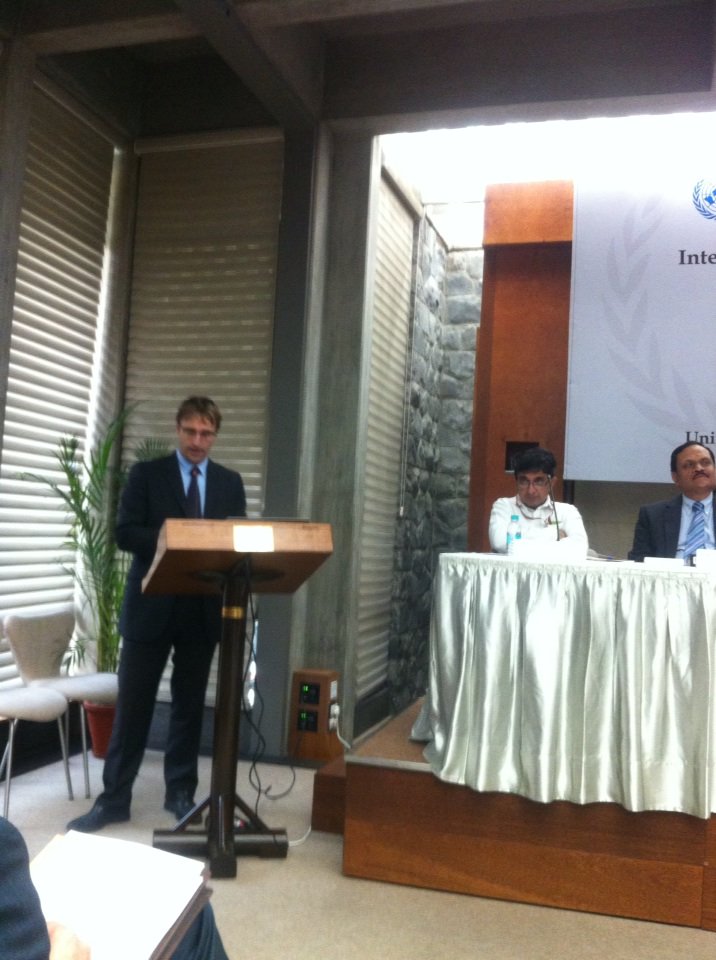
Women and drugs
1. There is growing awareness of the importance of
appropriately incorporating a gender perspective into
drug-related policies and programmes. The Political
Declarations of 19983 and 20094 incorporate gender considerations,
and both the General Assembly5 and the
Commission on Narcotic Drugs6 have given increasing
attention to this aspect over the past 10 years. In addition,
the General Assembly, in its resolution on the 2030
Agenda for Sustainable Development,7 underlined the
critical importance of gender equality and the empowerment
of women. In the outcome document of the thirtieth
special session of the General Assembly, entitled “Our
joint commitment to effectively addressing and countering
the world drug problem”,8 Member States are encouraged
to address the specific needs of women in the context
of drug policy. The Commission on Narcotic Drugs, the
main policymaking body of the United Nations system
for drug-related matters, has adopted a number of resolutions
with regard to the situation of women as it relates
to the world drug problem. To contribute to the advancement
of gender-sensitive policies to address this issue, the
Commission has highlighted the specific needs of women,
most recently at its fifty-ninth session, held in March
2016, when it adopted its resolution 59/5, entitled
3 Political Declaration adopted by the General Assembly at its twentieth
special session, devoted to countering the world drug problem
together
(General Assembly resolution S-20/2, annex).
4 Political Declaration and Plan of Action on International Cooperation
towards an Integrated and Balanced Strategy to Counter the World
Drug Problem (see Official Records of the Economic and Social Council,
2009, Supplement No. 8 (E/2009/28), chap. I, sect. C).
5 General Assembly resolutions 58/138, 61/143, 63/241 and 70/182.
6 Commission on Narcotic Drugs resolutions 52/1, 55/5 and 59/5.
7 General Assembly resolution 70/1.
8 General Assembly resolution S-30/1, annex.
“Mainstreaming a gender perspective in drug-related
policies
and programmes”.
2. Recognizing the importance of gender-responsiveness,
the International Narcotics Control Board (INCB) has
devoted the first chapter of the present annual report to
the topic of women and drugs. However, owing to the
multifaceted nature of this subject, it cannot be dealt with
in an exhaustive manner in only one chapter. Moreover,
data on women drug users are sparse, further complicating
analysis. For those reasons, the present chapter is limited
to some salient aspects: drug-related harms, special
populations, prevention and treatment, and rehabilitation
for drug dependence.
3. Drug-dependent women may face many difficulties:
they can experience high levels of stigmatization; they can
be ostracized by their family or community; they may be
subjected to violence from partners or family members;
and they may turn to, or be coerced into, sex work to
support their drug use or that of their partner. In addition,
they lack access to gender-sensitive treatment for
drug dependence. The limited data available at the global
level show that women drug users are increasing in number
among youth and prison populations. Few countries
provide adequate levels of drug-dependency treatment to
women, and virtually all countries need to expand
gender-
sensitive treatment if they are to achieve the highest
attainable standard of health for women.
4. Criminal justice data indicate that an increasing
number of women are arrested for drug-related crimes.
The incarceration of women involved in drug-related
offences may have a catastrophic effect on their children,
particularly if they are the primary caregivers. Afemale prisoners have very high levels of drug dependence
but rarely have access to treatment and rehabilitation
services.
A. Prevalence and patterns of drug
abuse
5. Women and girls comprise one third of people who
use drugs globally. In 2010, the global estimated number
of women dependent on amphetamines was 6.3 million;
women dependent on opioids numbered 4.7 million; and
women dependent on cocaine numbered 2.1 million.
Women had a high prevalence of amphetamine dependence
(0.31 per cent) in South-East Asia and Oceania, of
opioid dependence (0.25 per cent) in Oceania, and of
cocaine dependence (0.22 per cent) in North America
and Latin America. Also in 2010, an estimated 3.8 million
women injected drugs globally, corresponding to
0.11 per cent of the world female population.9 Drug-use
patterns among women reflect differences in opportunities
to use drugs, which are a result of the influence of
their social or cultural environment.
6. Generally, women start using drugs later than men
do, and their use is strongly influenced by partners who
also use drugs. However, once women start abusing
drugs, their rate of consumption of cannabis, opioids and
cocaine progresses more rapidly than among men, and
they tend to develop a substance use disorder more
quickly than men do. In the case of methamphetamines,
women begin using them at an earlier age than men, and
they are more likely to have a methamphetamine use disorder
than men. Compared with men, women who use
heroin are younger, likely to use smaller amounts and for
a shorter time, are less likely to inject the drug and are
more likely to be influenced by drug-using sexual partners.
Often, someone else, typically their partner, will
administer a woman’s first injection of drugs.
7. Women in high-income countries have a higher level
of drug use than women in low- and middle-income
countries. In terms of abuse of all drugs, the gap between
women and men is narrower among the youth population
than among the adult population. Women also constitute
a large proportion of those abusing prescription
9 Harvey A. Whiteford and others, “Global burden of disease attributable
to mental and substance use disorders: findings from the Global
Burden of Disease Study 2010”, The Lancet, vol. 382, No. 9904 (2013), pp.
1575-1586.
drugs. The Pompidou Group of the Council of Europe
reported that the use of prescription drugs by women
increases according to age group, peaking among women
in their thirties. Although data are limited, both Germany
and Serbia reported that fatal overdoses owing to prescription
drug abuse were more common among women
than among men.10 Studies show that women are more
likely to use prescription drugs, such as narcotic analgesics
and tranquillizers (e.g., benzodiazepines), for nonmedical
purposes.11 This is compounded by the greater
vulnerability of women to depression, anxiety, trauma
and victimization compared with men. Women report
using drugs to cope with stressful situations in their lives,
and there is evidence that women are significantly more
likely than men to be prescribed narcotics and anti-anxiety
medications.12
8. The prevalence of illicit drug use, drug abuse by
injection and drug dependence is consistently higher
among women who have sex with women. Among
transgender women, drug abuse, including by injection,
is also common, ranging from approximately 30 per cent
in the United States of America, to 42 per cent in Australia
and up to 50 per cent in Portugal and Spain. However, a
study carried out in 2004 in Pakistan found that fewer
than 2 per cent of transgender women had injected drugs
in the previous year.
C. Drug-related harm
1. HIV infection, overdose and other
negative health consequences
16. Studies of drug abuse and its related harms often do
not specifically consider women, in turn limiting the
accurate assessment of how various issues affect women
who use drugs. Furthermore, most research is undertaken
in high-income countries, thus limiting the global understanding
of the situation. Nevertheless, a reasonable
amount of data on HIV among women has been generated,
providing some indication of the problem, given the
link between injecting drug use and the risk of HIV infection.
HIV prevalence among female drug users can range
vastly, from low levels in several countries to over 50 per
cent in some others, such as Estonia and the Philippines.
In the United Republic of Tanzania, 72 per cent of women
who abuse heroin by injection are HIV positive, compared
with 45 per cent of men. In Senegal, HIV prevalence
among women who abuse drugs by injection is
three times higher than among men.
17. Overall, even in generalized epidemics in sub-Saharan
Africa, female sex workers are 12 times more
likely to be HIV positive than the general female population.
Similarly, in other environments with medium or
19 India, Ministry of Social Justice and Empowerment, and UNODC,
Regional Office for South Asia, “Women and drug abuse: the problem in
India—highlights of the report” (New Delhi, 2002).
high prevalence of HIV, or generalized HIV epidemics,
the likelihood of HIV infection was found to be high.20
Female prisoners also have higher rates of HIV infection
compared with both the general population and male
prisoners.21
18. Women who inject drugs frequently report sharing
needles, giving reasons such as being unaware of the risks,
being unable to obtain needles from pharmacies and
being afraid of being caught by police. Some women
report that they share needles with their partner as a sign
of love or trust. Poor injecting techniques cause vein injuries
with severe complications. Women injecting drugs
face problems such as fatigue, weight loss, withdrawal
pain, depression and suicidal tendencies; many also have
sexually transmitted infections and hepatitis. For these
women, access to health care is mainly hindered by the
stigma attached to women who abuse drugs by
injection.
19. In 2012, more than 15,000 women died from drug
overdoses in the United States. Between 1999 and 2010,
the number of deaths related to the use of prescription
opioid painkillers among women in the United States
increased by a factor of 5, while the rate for men increased
by a factor of 3.6. A review of mortality data in the United
Kingdom of Great Britain and Northern Ireland from
2007 to 2008 revealed larger increases in overdoses (of
all substances) among women than among men (17 per
cent for women and 8 per cent for men). In particular,
there was an 8 per cent increase in the number of deaths
of women from heroin/morphine overdose and a 20 per
cent increase in the number of deaths of women from
cocaine overdose during that period.22
2. Mental illness
20. The dual occurrence of substance use disorder and
mental illness is difficult to diagnose and treat and is
more common in women than men. If women who suffer
from this dual occurrence are not treated they will
have poorer clinical outcomes than women with a single
disorder. In Europe, co-morbid major depression is more
frequent in women with substance use disorders.
1. HIV infection, overdose and other
negative health consequences
16. Studies of drug abuse and its related harms often do
not specifically consider women, in turn limiting the
accurate assessment of how various issues affect women
who use drugs. Furthermore, most research is undertaken
in high-income countries, thus limiting the global understanding
of the situation. Nevertheless, a reasonable
amount of data on HIV among women has been generated,
providing some indication of the problem, given the
link between injecting drug use and the risk of HIV infection.
HIV prevalence among female drug users can range
vastly, from low levels in several countries to over 50 per
cent in some others, such as Estonia and the Philippines.
In the United Republic of Tanzania, 72 per cent of women
who abuse heroin by injection are HIV positive, compared
with 45 per cent of men. In Senegal, HIV prevalence
among women who abuse drugs by injection is
three times higher than among men.
17. Overall, even in generalized epidemics in sub-Saharan
Africa, female sex workers are 12 times more
likely to be HIV positive than the general female population.
Similarly, in other environments with medium or
19 India, Ministry of Social Justice and Empowerment, and UNODC,
Regional Office for South Asia, “Women and drug abuse: the problem in
India—highlights of the report” (New Delhi, 2002).
high prevalence of HIV, or generalized HIV epidemics,
the likelihood of HIV infection was found to be high.20
Female prisoners also have higher rates of HIV infection
compared with both the general population and male
prisoners.21
18. Women who inject drugs frequently report sharing
needles, giving reasons such as being unaware of the risks,
being unable to obtain needles from pharmacies and
being afraid of being caught by police. Some women
report that they share needles with their partner as a sign
of love or trust. Poor injecting techniques cause vein injuries
with severe complications. Women injecting drugs
face problems such as fatigue, weight loss, withdrawal
pain, depression and suicidal tendencies; many also have
sexually transmitted infections and hepatitis. For these
women, access to health care is mainly hindered by the
stigma attached to women who abuse drugs by
injection.
19. In 2012, more than 15,000 women died from drug
overdoses in the United States. Between 1999 and 2010,
the number of deaths related to the use of prescription
opioid painkillers among women in the United States
increased by a factor of 5, while the rate for men increased
by a factor of 3.6. A review of mortality data in the United
Kingdom of Great Britain and Northern Ireland from
2007 to 2008 revealed larger increases in overdoses (of
all substances) among women than among men (17 per
cent for women and 8 per cent for men). In particular,
there was an 8 per cent increase in the number of deaths
of women from heroin/morphine overdose and a 20 per
cent increase in the number of deaths of women from
cocaine overdose during that period.22
2. Mental illness
20. The dual occurrence of substance use disorder and
mental illness is difficult to diagnose and treat and is
more common in women than men. If women who suffer
from this dual occurrence are not treated they will
have poorer clinical outcomes than women with a single
disorder. In Europe, co-morbid major depression is more
frequent in women with substance use disorders.


No comments:
Post a Comment